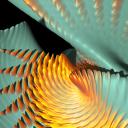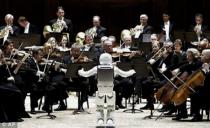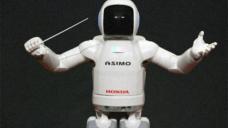I am still alieve and working on part 3 of 6 of the Tutorial [1]
 pbudarick_4a3d2ac478
Posts: 0
pbudarick_4a3d2ac478
Posts: 0
I suppose i should explain.
My computer crashed and i lost some work. I reformatted the HD and reinstalled the OS and all the applications i need. I knew i had to do this sooner or later because i was getting a lot of "Blue Screens". Now i have a duplicate installation on two 500 GB HDs. If one gives me trouble i still have the other. All this took me a long time and i am only now working on the Tutorial again. Part 3 should be ready by this Sunday night.
To keep you happy i show you some of my latest experiments before my computer died. Not very good work, but they gave me a bit of pleasure and i learned a lot by doing them - useful perhaps for future tutorials [ Bryce Splines and MB Modeling].
I have made so many discoveries about the ARDL that it might even take more then 6 Parts of this tutorial to describe most of what i think would be relevant for Brycers, particularly when it comes to nested applications [Terrains on Terrains on Terrains on Terrains......]. The nested applications allow us to create the most immensely complex forms - such as building our own vegetation elements and Trees from scratch [particularly by using MetaBalls with the ARDL]. After having now spent months exploring the ARDL i can say with confidence that the ADRL allows us to create immensely complex objects and scenes which gives Bryce a new level of power we Brycers never had before 7.1 Pro.
Here are 4 pictures of my experiments [ not related to the ARDL Tut Project ]. The clouds in the first two were created in the DTE for the default cumulus clouds. An excuse to make a boring object more interesting. The other two are of an MB-MR structure which took about 24 hours to render per picture.
Kind regards
Peter










Comments
Here are 4 more pictures of my experiments [ not related to the ARDL ]. Unfortunately i lost quite a few but it does not matter because they are only experiments.
Those are based on MB splines and the tentacles can be unfurled or animated. I am a beginner in this more extreme use of MBs. I am amazed what can be done with them. There will be some relevant advice in my tutorial [ MB on MB using the ARDL].
Now i got to get on with the tutorial.
Kind regards
Peter